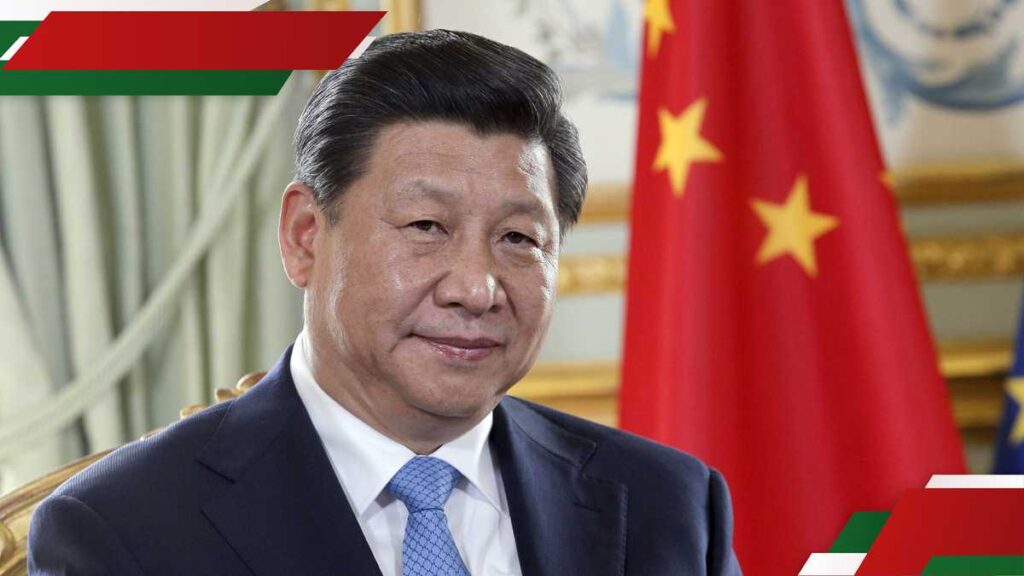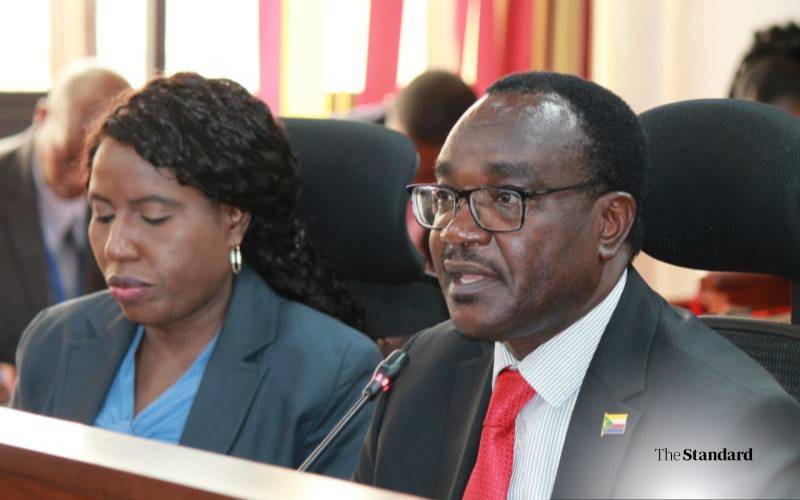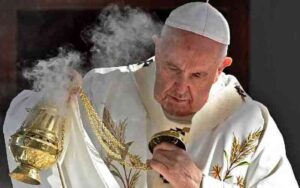Pulpit at the University of Nairobi remains a symbol of pontiff’s historic visit in 2015.
Fr Peter Kaigua says the monument symbolizes unity, welcoming all faiths for worship.
In the heart of Nairobi, Kenya’s capital, stands a special shrine that keeps the memories of Pope Francis alive.
The 10-year-old dais is located at the University of Nairobi, where the Pope held a historic mass during his visit in 2015.
The mass drew thousands of Catholic faithful, not only from Nairobi but also from across the country.
Today, the dais remains a striking reminder of the papal visit— its brown tiled roof with artistic design is visible from the recently completed Expressway.
Years on, the papal dais has stood the test of time, surviving even reports that it would be brought down during the construction of the Expressway, though it was ultimately spared.
The death of Pope Francis has now rekindled memories of his visit, especially among those he interacted with, including the leadership of St Paul’s Catholic Parish, located not far from where the pulpit still stands.
Father Peter Kaigua, the priest in charge of St Paul’s Catholic Parish at the University of Nairobi, was among those who helped organise the historic visit.
“We looked around for a suitable venue to host the large crowds and settled on the University of Nairobi as the best option for accommodating over a million people. That’s when we began constructing the papal dais,” Fr Kaigua recalled.
He noted that the dais was built by the state specifically for the church and used by the Pope during his visit to the university grounds.
“When the Pope left, we had to enter into a Memorandum of Understanding on how to manage it, because it’s not something you can relocate or easily demarcate,” he explained.
He added, “The ongoing conversation has been to use the dais for chaplaincy, but when there’s a major celebration, it can serve as the venue. Recently, we held a thanks giving event there.” The dais itself has no seating area, but features an open sanctuary and rooms that were used by the Pope and Bishops for vesting.
“It’s a sanctuary where the altar is placed, and the congregation sits out on the field,” he explained.
Stay informed. Subscribe to our newsletter
Kaigua said that the monument is not intended for Catholics alone. “When the Pope visited, he met with leaders from various religious organisations. It’s a symbol of unity,” he said.
“Pope Francis was open-hearted, open-minded, and welcoming to all. So when some Protestant groups at the University request to use the dais, we allow them,” he added.
Fr Kaigua noted that the structure was also dedicated to the national heritage under the Museums of Kenya to ensure collective responsibility for its care. However, he pointed out that it has yet to be officially recognised as a protected site.
Addressing reports that the dais was to be demolished during the construction of the Expressway, Fr Kaigua said many theories have circulated about the monument.
“People have said all sorts of things. They claimed this church (St Paul’s) would be removed. But it is not within the road reserves and, importantly, it stands on university land,” he clarified.
While the church has been maintaining the interior of the monument, the exterior appears neglected—its paint fading with time and the structure now surrounded by overgrown grass, especially during the rainy season. However, Fr Kaigua acknowledged that such situations are common when responsibility is shared among many.
“The best thing is to use it frequently,” he said. “When a building is in regular use, it stays alive. Even a room left unused for months will gather cobwebs and dust.”
Another notable monument stands at Uhuru Park in Nairobi—a six-foot-high pyramid facing Parliament.
Set on a circular pavement, the 42-year-old structure was erected in 1983 to commemorate the visit of Pope John Paul II, who held a historic mass in Kenya during his tour.

























